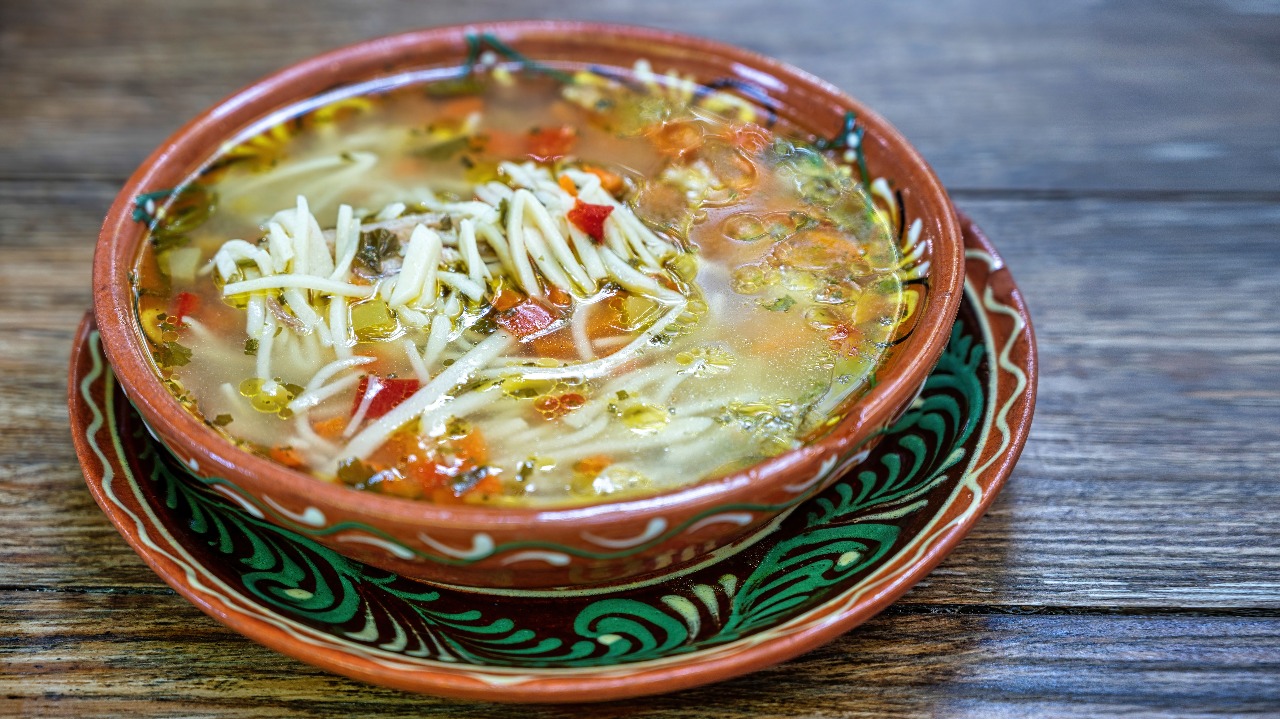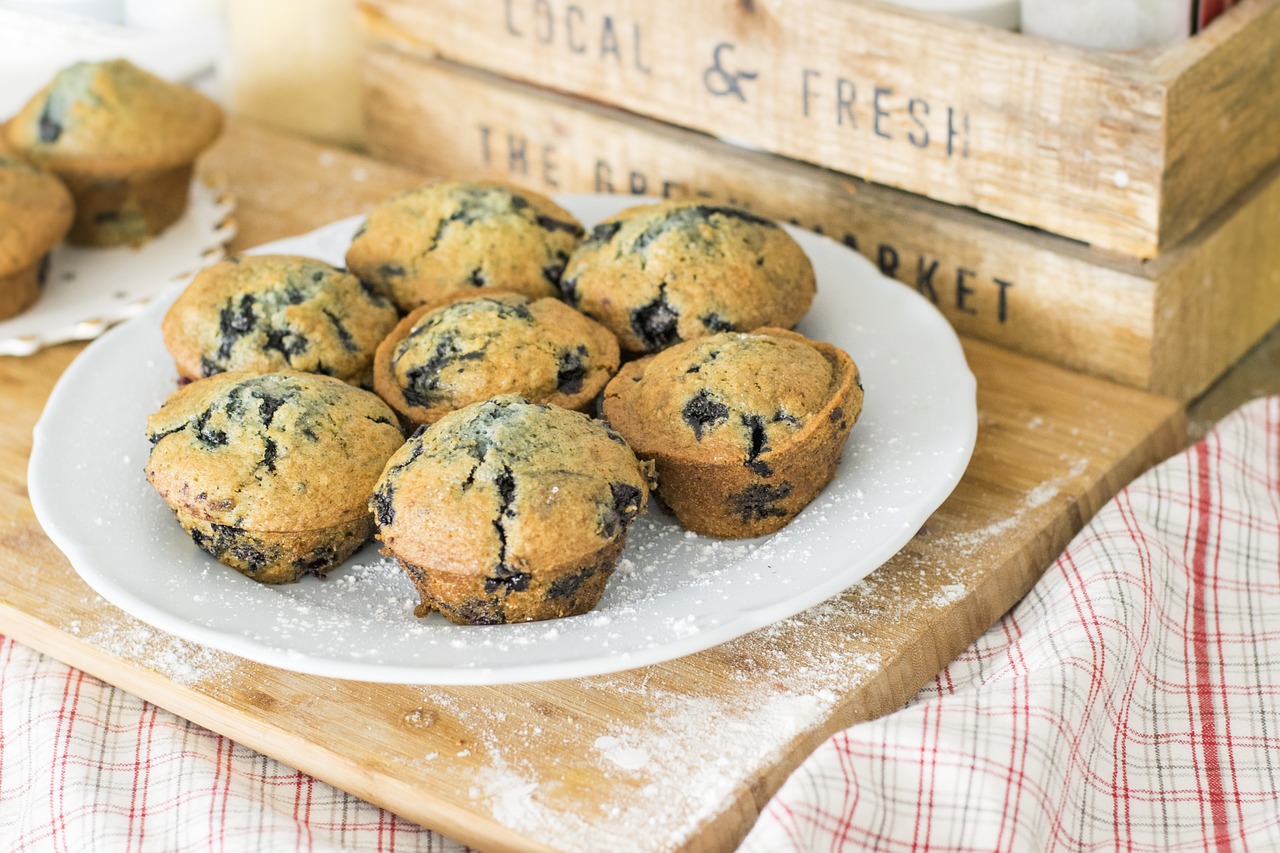- LIFE
Ultimate Comfort Cabbage Soup Recipe


In a world where sugar-laden treats often take center stage, low sugar desserts offer a refreshing and health-conscious alternative. These desserts allow you to indulge your sweet tooth without the guilt, making them perfect for those looking to reduce sugar intake while still enjoying delicious flavors. As more people become aware of the health implications of excessive sugar consumption, the demand for low sugar desserts continues to grow. Whether you’re a home baker or simply a dessert enthusiast, mastering the art of creating these treats can be both rewarding and beneficial for your well-being.
Creating low sugar desserts requires a delicate balance of ingredients and techniques. One common mistake is assuming you can simply reduce the sugar in any recipe without making other adjustments. Sugar not only adds sweetness but also affects texture and moisture. To avoid dry or dense results, compensate with ingredients like applesauce, yogurt, or alternative sweeteners.
Another pitfall is using artificial sweeteners without understanding their properties. Some can leave a bitter aftertaste or alter the texture of your dessert. Opt for natural alternatives like stevia, erythritol, or monk fruit, which tend to blend better with other ingredients.

The texture of low sugar desserts can be challenging to perfect, but with the right techniques, you can create treats that are just as satisfying as their sugary counterparts. Start by choosing the right flour. Whole wheat or almond flour can add density, so consider using a blend with all-purpose flour for a lighter crumb.
Incorporating ingredients like Greek yogurt or mashed banana can add moisture and improve texture. These ingredients not only enhance the mouthfeel but also contribute natural sweetness, reducing the need for added sugars. Additionally, ensure you do not overmix your batter, as this can lead to a tough texture.
When it comes to low sugar baking, choosing the right ingredients is crucial. Almond flour, coconut flour, and oat flour are excellent alternatives to refined flour, providing fiber and a subtle sweetness. For sweetening, consider using dates, honey, or maple syrup in moderation, as they offer a natural sweetness with additional nutrients.
Incorporate fruits like apples, bananas, and berries, which add both flavor and moisture. These fruits can be pureed and used to replace some of the sugar and fat in recipes. Additionally, spices such as cinnamon, nutmeg, and vanilla extract can enhance sweetness without adding sugar.
One of the biggest challenges in low sugar baking is achieving a flavor profile that is both rich and satisfying. If your desserts taste bland, it might be due to a lack of balancing flavors. Consider adding a pinch of salt to heighten sweetness or incorporating acid like lemon juice or zest to add brightness and depth.
Experiment with flavor enhancers like cocoa powder, coffee, or extracts such as almond or peppermint. These can add complexity to your desserts, making them more enjoyable without the need for excessive sugar.
Having the right tools can make a significant difference in the quality of your low sugar desserts. A high-quality food processor is invaluable for creating smooth purees from fruits and vegetables, which can be used as natural sweeteners.
Invest in a good set of measuring spoons and cups for precise ingredient proportions, as low sugar baking often requires exact measurements. Additionally, a reliable oven thermometer ensures your desserts bake evenly at the correct temperature, which is crucial for achieving the desired texture.
Each cookie contains approximately 120 calories, 10g of fat, 5g of carbohydrates, 2g of fiber, and 3g of protein.
You can substitute butter with coconut oil for a dairy-free version. For added flavor, consider mixing in a handful of chopped nuts or a sprinkle of cinnamon.
Low sugar desserts can sometimes yield unexpected results. If your dessert is too dry, it might be due to overbaking or not enough moisture in the batter. Consider adding an extra egg or more pureed fruit to improve moisture content.
If the flavor is lacking, revisit your choice of sweeteners and flavor enhancers. Sometimes, increasing the amount of vanilla or adding a bit more sweetener can make a significant difference.
Understanding the different sweeteners available can help you choose the best option for your low sugar desserts. Erythritol and monk fruit sweetener are popular choices due to their similar texture and sweetness to sugar. They have minimal impact on blood sugar levels and are often well-tolerated.
Stevia, a plant-based sweetener, is another option, although it can have a distinct aftertaste. When using stevia, it’s best to pair it with other sweeteners or flavors to mask any bitterness.
Adding fiber and protein to your desserts can enhance their nutritional profile and keep you fuller for longer. Ingredients like almond flour, chia seeds, and flaxseeds are excellent sources of both fiber and protein. Consider adding a scoop of protein powder to your batter for an extra protein boost.
Incorporating nuts, seeds, and legumes can also increase the fiber and protein content of your desserts. These ingredients not only enhance nutrition but also add texture and flavor.
Special occasions call for desserts that impress without the sugar overload. Consider making a low sugar cheesecake using cream cheese, Greek yogurt, and a crust made from almond flour and crushed nuts. Sweeten with stevia or monk fruit, and top with fresh berries for a vibrant presentation.
For a refreshing summer treat, try a low sugar berry sorbet. Blend your choice of berries with a splash of lemon juice and a natural sweetener, then freeze until firm. This dessert is not only beautiful but also incredibly easy to make.
Achieving the right balance of flavors is key to a successful low sugar dessert. Using a combination of sweeteners can provide a more rounded sweetness. For instance, pairing a small amount of honey with stevia can reduce the aftertaste while enhancing overall flavor.
Incorporate spices and extracts to elevate the taste. Cinnamon, nutmeg, and vanilla extract can add warmth and complexity, making your desserts more satisfying and enjoyable.
For those with diabetes, low sugar desserts can be a way to enjoy sweets without compromising health. Focus on using ingredients with a low glycemic index, such as whole grains, nuts, and non-starchy vegetables. Sweeteners like erythritol and monk fruit are particularly suitable as they do not spike blood sugar levels.
Consider making a low sugar carrot cake using whole wheat flour, grated carrots, and a blend of spices. Sweeten with a mix of applesauce and stevia, and top with a light cream cheese frosting for a delicious and diabetes-friendly treat.

Proper storage is essential to maintain the freshness and quality of low sugar desserts. Store cookies and cakes in an airtight container at room temperature for up to three days. For longer storage, consider refrigerating or freezing them.
When freezing, wrap individual portions in plastic wrap and place them in a freezer-safe bag. This method prevents freezer burn and makes it easy to thaw single servings as needed. For best results, consume frozen desserts within three months.